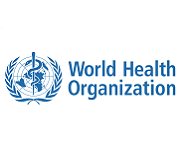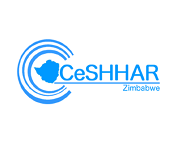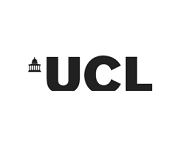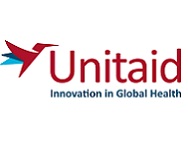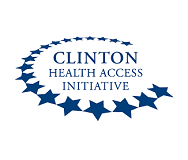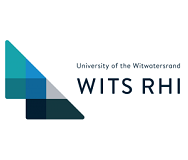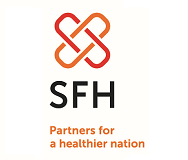Reaching the first 90%: Cost-effectiveness of HIV testing services and HIV self-testing in Zambia
By Nuri Ahmed, London School of Hygiene & Tropical Medicine

STAR Initiative Health Economists, including Nuri on the far right
HIV self-testing (HIVST) provides an opportunity for people to test and re-test themselves for HIV discreetly and conveniently. HIVST could provide critical tools towards reaching 90% of HIV-positive people knowing their status, which is the first step in achieving the UNAIDS 90-90-90 goals. Reactive HIVST results followed by confirmatory testing at health facilities will facilitate linkage to treatment for HIV positive people and help to prevent new HIV transmission.
Zambia is in the process of developing a national HIVST policy. However, since HIVST is an emerging technology in the country, there is currently insufficient understanding of the use of alternative HIV testing approaches for HIVST distribution, and the costs and the effectiveness of HIVST. Thus, it is critical to understand the cost-effectiveness of alternative HIV testing services to inform the introduction of HIVST to have maximum impact.
As part of my doctoral work at LSHTM, a probabilistic discrete microsimulation on a Markov model (a stochastic model used to model randomly changing systems) has been under development using TreeAge Pr
o 2017. This will be used to examine costs and health effects (quality-adjusted life years – QALYs) of HIV testing using alternative HIVST distribution models from the healthcare payer perspective with a ten-year time horizon. This model will apply the primary observed costing data from the STAR project and extrapolate missing parameters from a systematic review. The target population will include men and women aged 15 years and above; this is done to simulate the heterosexual population at risk of acquiring HIV infection.
The Markov model will use the current HIV testing options used in Zambia to distribute HIVST kits, and these are being compared to the standard HIV testing services at the government health facility. These current testing options are provider-initiated testing and counselling (PITC), voluntary counselling and testing (VCT) and antenatal care HIV testing.
The outcome is estimating the cost per QALY gained. The observed costs and health effects (QALYs gained) related to each of the HIVST distribution models will be compared to inform which one is the most likely to represent the most cost-effective approach.
Furthermore, this study is calculating the incremental cost-effectiveness ratio (ICER) for adding different HIVST distribution interventions to the standard of HIV testing services. The ICER will be calculated as incremental costs divided by the incremental health benefit (QALYs gained) of each HIVST distribution intervention strategy compared with the next less costly/effective alternative distribution strategy. As a standard practice, economic evaluation applies discounting to account the preferences of people in receiving benefits earlier and paying the costs later.
Deterministic (one-way univariate) and probabilistic sensitivity analyses (PSA) will be performed to ensure the robustness of the input parameters and assumptions in the decision model. The Markov model will be calibrated to match the most recently available HIV prevalence estimates, annual HIV incidence rate and mortality rate, linkage to ART, retention in ART and viral load suppression data from Zambia. The population will be divided by age, gender, and risk of HIV infection. Both HIV specific and other causes of mortality are being incorporated into the model.
The findings are expected to contribute to Zambia’s HIV testing policy by providing evidence on cost-effective modalities and to assist policymakers to formulate informed scale-up plans of HIVST to reach the adult population who are unaware of their HIV status. These applications of decision analytical modelling to inform programmatic decisions based on cost-effective approaches are essential to maximise the uptake and the impact of HIVST scale-up.


